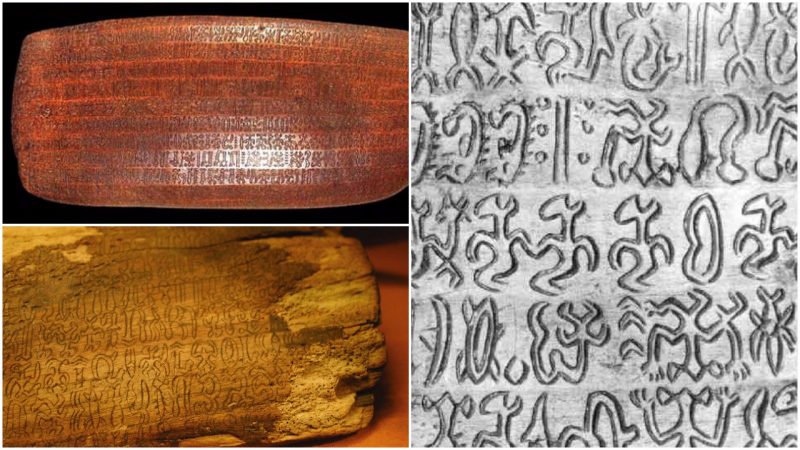The Chilean Easter Island is famous for its magnificent and mysterious moai statues. These giants were created by the early Rapa Nui people, and it is believed that they represent ancestors, chiefs, or other important figures from their culture.
Besides the moai, there is a unique lost language called Rongorongo, as mysterious as the statues. Experts believe that this system of writing, or proto-writing, is one of the few in human history that was invented independent of any other culture.
In the 19th century, many wooden objects with Rongorongo inscriptions were collected on the isolated island, and today the pieces can be seen in various museums around the world. They are kept in personal collections in museums in Rome, Paris, New York City, and Hawaii; none of the pieces remain on the Easter Island anymore.
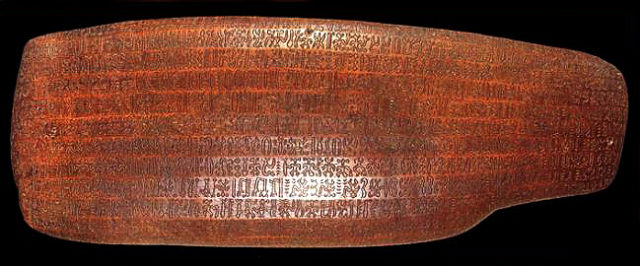
The writing had appeared suddenly in the 18th century, and were an enigma, then and now. There were many attempts at deciphering the symbols. The real message of these glyphs remains a mystery, and besides providing some genealogical information, no one can read them.
According to some historians, at first the writing was carved onto banana leaves using shark’s teeth. Later, Rongorongo was written on pieces of wood. A few petroglyphs with short inscriptions were found. The texts were written in alternating directions, and the style is known as reverse boustrophedon. It was read from left to right from the bottom, and when the reading of the line was finished, one has to turn the wooden tablet 180 degrees to read the next line.
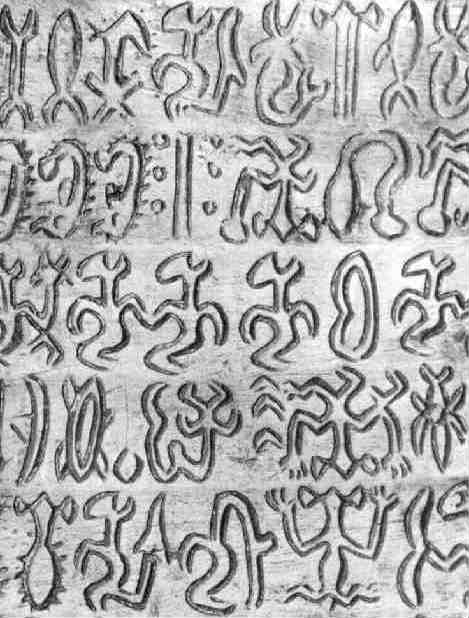
It is amazing how the lines appear to be upside-down, and to read them people had to spin the tablet like a car wheel. The glyphs are approximately 3.2 feet and depict animals, humans, and vegetables, as well as geometric shapes. One of the most common is the bird glyph, which was created in different ways, and it is believed that it was connected with the supreme god of the island Makemake because it resembled his symbol, the frigate bird.
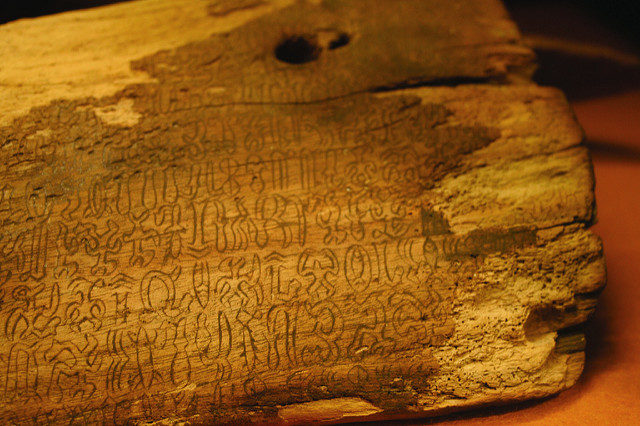
A few barriers exist that make Rongorongo difficult to decipher. Because some of the tablets are damaged, there is a lack of symbols. Another reason is the limited number of wooden tablets. Some historians believe that the writing is a proto-writing, which means that the symbols do not contain real linguistic content but are used for some objective information. The first person who discovered and recorded the writing in his notes was Eugene Eyraud, who landed on the island on January 2, 1864, and remained there for several months.
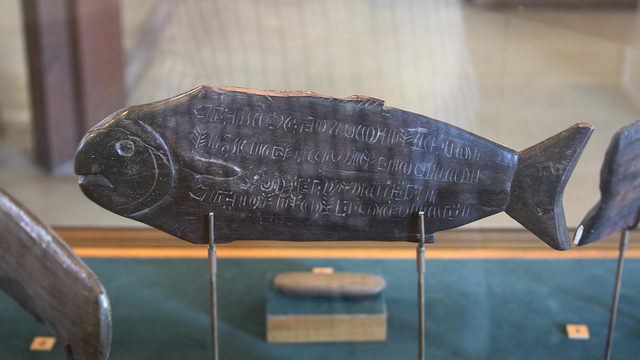
In his notes, he said that each symbol had its name, and at the beginning of the writing they represented significant figures and ancestors. But after a while, the Rapa Nui started to use the glyphs differently, and they became a practice without any deep meaning. Also, there is a suggestion that the glyphs were used as decorations and not part of a writing system.
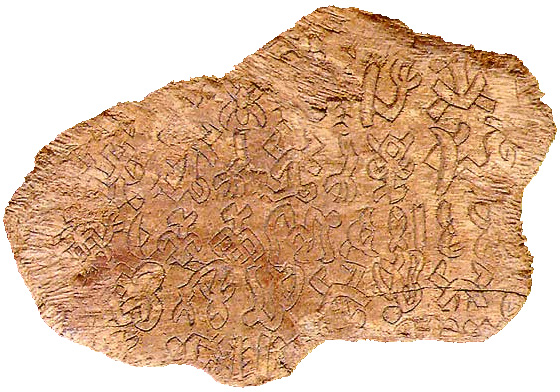
In the 19th century, many wooden tablets were found after Florentin-Etienne Jaussen, the Bishop of Tahiti, received a small wooden board covered with Rongorongo inscriptions from the Catholic converts who were staying on the island. He was surprised by the gift and told the priest on the island to collect as many of this boards as possible and to try to translate them. Father Hippolyte Roussel could not find anyone to read them. It is believed that during the last two centuries, those who were literate in the writing were sold as slaves, died from disease, or moved off the island. Another suggestion is that the Rongorongo was sacred and only elders could read it and write it.
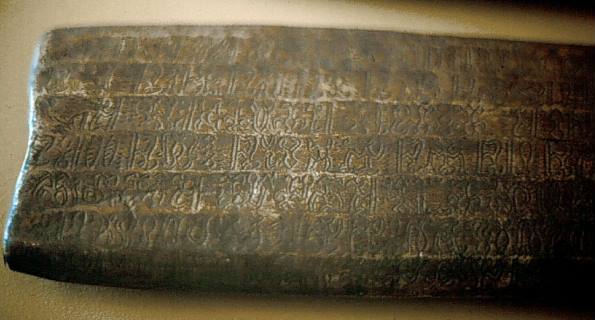
One of the first linguists who made a study of the writing was Thomas Barthel. He claimed that the symbols represent ideas and objects and that only one symbol can mean a whole phrase, which makes it even harder for translation.
Many historians, archaeologists, art historians, and linguists, separately or in combined efforts, have attempted to understand the writing, but Rongorongo remains a mystery.
